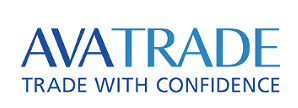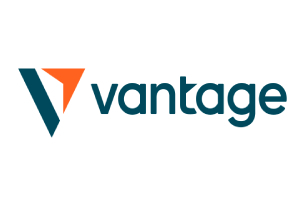While the financial markets have benefited from significant diversification and evolution during the digital age, there remain some universally popular asset classes that continue to attract huge interest.
Take the forex market, for example, which continues to grow and sees an estimated $6.6 trillion traded globally every single day. This volatile and highly leveraged market offers the potential for huge margin-based returns, although it’s also vulnerable to an incredibly wide range of macroeconomic factors.
Fortunately, there are tools that you can use to navigate the forex market, including the economic calendar. But what exactly is this, and why should you use one while trading the marketplace?

What is the Economic Calendar and Why Should You Care?
In simple terms, an economic calendar features important information pertaining to major economic events and key data releases from specific countries.
Of course, some of these events occur spontaneously, but most data releases and economic updates are scheduled for different times in the year and can be combined with a single, accessible calendar.
The vast majority of forex trading platforms feature economic calendars as pivotal analytical tools, enabling traders to factor data releases into their various strategies and make more informed decisions over time.
Some of the datasets included in the economic calendar includes interest rate decisions (which have been impacted heavily by the coronavirus), consumer price index movements and non-farm payroll data in the US. By keeping notes of events that are relevant to your currency portfolio, you can track and plan for changes through a single online interface.
Remember, the forex market is inherently volatile and incredibly vulnerable to macroeconomic factors, in addition to the geopolitical and economic events that can occur on an annual basis.
This is why you should care about utilising the economic (of forex) calendar, as the information included here can help you to forecast market movements and make the right trading decisions at the optimal time.

How to Use the Calendar and Factor in Risk
As we’ve already said, countries have tended to slash their base rates of interest in the wake of Covid-19, with this having the knock-on effect of reducing capital inflows from overseas and lowering the value of national currencies.
This trend is expected to continue, creating a scenario where certain currencies are likely to see their currencies depreciated once again in the coming months. For example, the US is likely to agree to a $2.2 trillion stimulus package once Joe Biden is confirmed as American President, which may well include a capped base rate when it’s announced.
On the other hand, the Philippines Peso is expected to enjoy a hike during Q4, with previous data releases in the run-up to the festive season highlighting an increase in remittance flows from overseas workers.
If this trend continues, you can use the calendar to track this information and plan your moves in the coming weeks successfully.
To successfully trade using the economic calendar, you initially need to identify the most viable indicators. Calendars tend to feature two different indicators (leading and lagging), which help to define economic tendencies both from history and in real-time.
So, you’ll need to select the indicators that suit your outlook and strategies, before progressing to review the datasets and factors that are relevant to your portfolio.
By following these steps (and of course, understanding the core nature of the economic calendar), you can begin to trade more successfully and hopefully use data and market uncertainty to your advantage.
- Broker
- Min Deposit
- Score
- Visit Broker
- Award-winning Cryptocurrency trading platform
- $100 minimum deposit,
- FCA & Cysec regulated
- 20% welcome bonus of upto $10,000
- Minimum deposit $100
- Verify your account before the bonus is credited
- Fund Moneta Markets account with a minimum of $250
- Opt in using the form to claim your 50% deposit bonus
Learn to Trade
Never Miss A Trade Again

Signal Notification
Real-time signal notifications whenever a signal is opened, closes or Updated

Get Alerts
Immediate alerts to your email and mobile phone.

Entry Price Levels
Entry price level for every signal Just choose one of our Top Brokers in the list above to get all this free.



